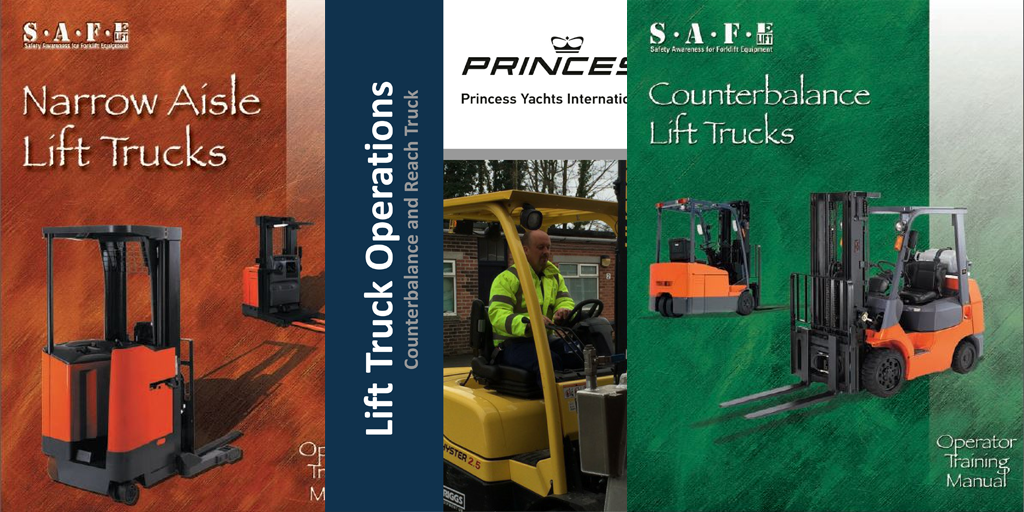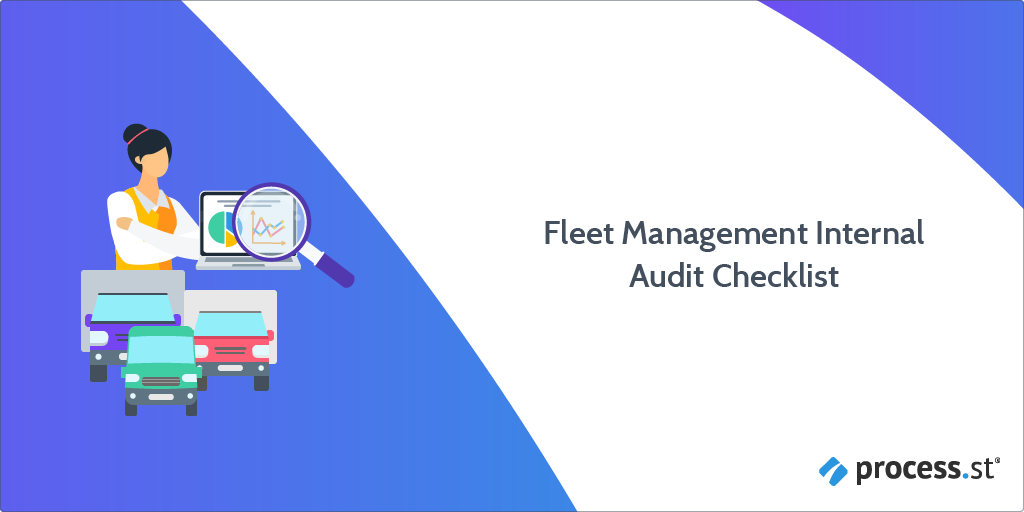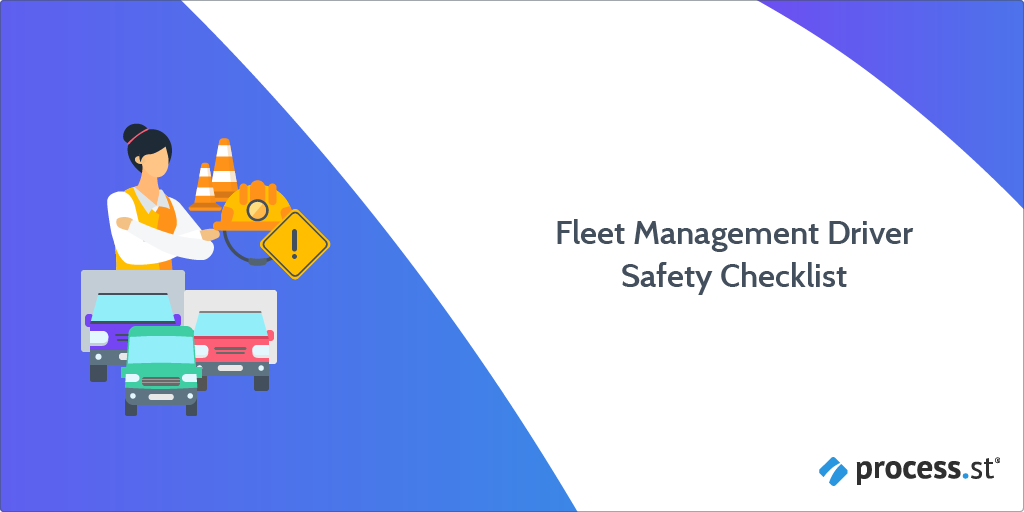Imagine, for a moment, that you're using a forklift to put the last delivery of the day into your storage racks. You're in position, and the crate is halfway up to the space on the rack.
Then the forklift gives out.
At best you're looking at a massive group effort to lift the crate off the forklift to move it and have maintenance done. At worst the machine is completely dead, and you'll have to damage the crate in order to get the products off of it. Either way you're wasting time, money, and causing a huge safety hazard.
To avoid situations like this, all you have to do is run this forklift inspection checklist before each shift.
From general wear and tear to leaks and basic functions (such as headlights turning on and a working horn), this checklist will let you know exactly what state your forklift is in before it's put into action and can cause any problems.
But enough talk - let's get to it.












